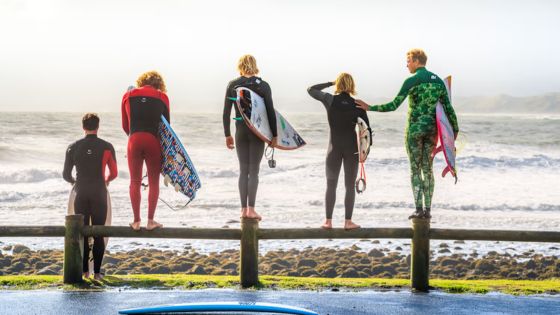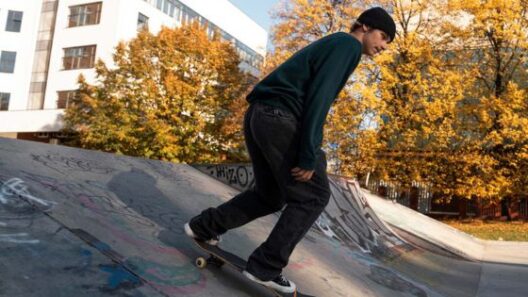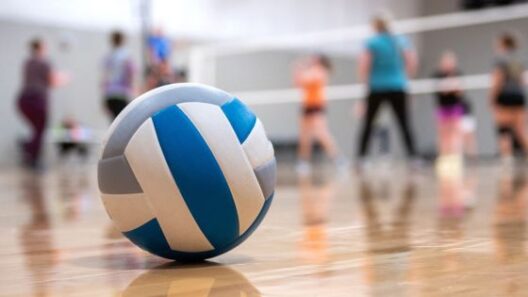Surfing is one of the most physically demanding and rewarding sports in the world. But here’s the catch: you spend far less time on the board than you do preparing for the waves. To truly excel, you need to train your body on land to handle the strength, balance, endurance, and flexibility required in the water.
Land-based surfing workouts help you build a strong foundation, improve paddling power, sharpen balance, and reduce the risk of injuries. Whether you’re a beginner dreaming of your first wave or an experienced surfer chasing barrels, training outside the ocean can make every session more enjoyable.
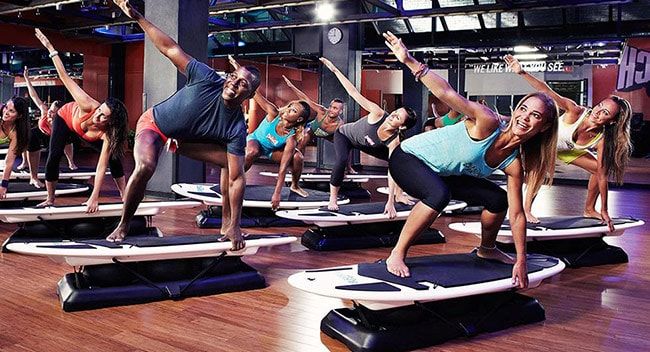
Key Takeaways
- Surfing requires strength, balance, flexibility, and endurance—all of which can be trained on land.
- Focus on paddle conditioning, balance training, mobility work, and functional strength.
- Surf-specific workouts can dramatically improve performance and reduce injury risk.
- You don’t need a beach to train—simple at-home or gym workouts can prepare you for the waves.
- Consistency on land translates into confidence in the water.
Why Train for Surfing Out of the Water?


Unlike many sports, surfing involves unpredictable conditions—waves, wind, and currents constantly change. Being physically prepared helps you adapt. Land training allows you to:
- Build endurance for long paddling sessions.
- Strengthen your core for stability on the board.
- Increase flexibility to pop up smoothly.
- Sharpen balance so you can handle choppy waves.
- Prevent injuries by improving mobility and stabilizing muscles.
Paddle Conditioning Workouts
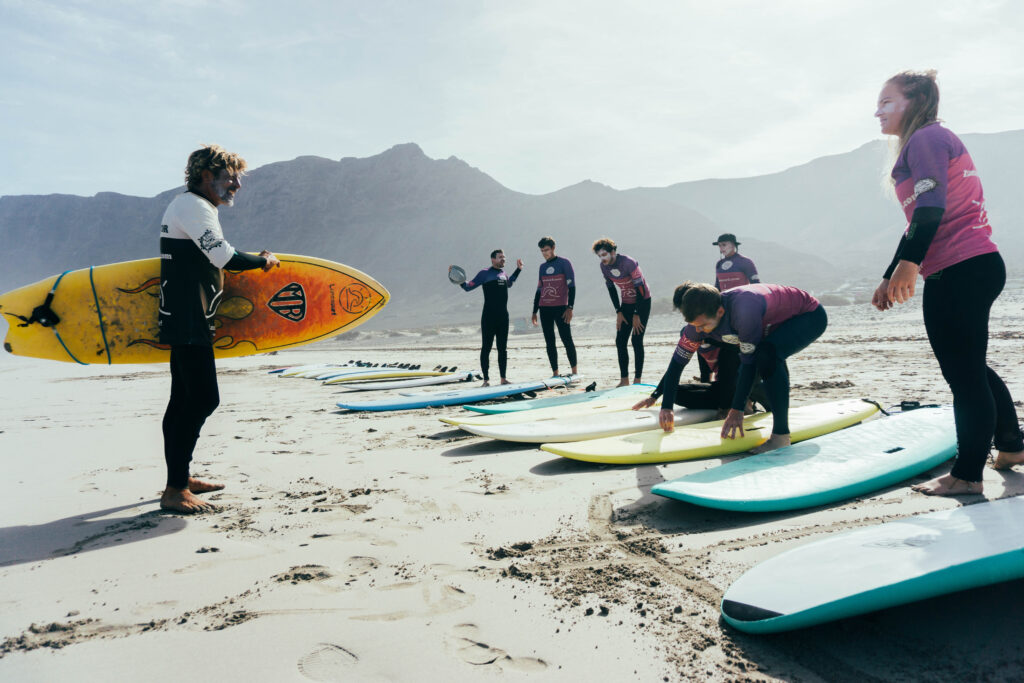
Paddling makes up the majority of your surfing session, so you need strong shoulders, back, and cardiovascular endurance.
- Swimming drills: Freestyle intervals mimic paddling mechanics.
- Resistance band pulls: Anchor a band and simulate paddle strokes to strengthen lats and shoulders.
- Push-ups: Improve pressing strength for paddling and popping up.
- Rowing machine: Builds endurance and simulates upper-body pulling.
Balance and Stability Training
Good balance keeps you upright on the board and ready for quick transitions.
- Bosu ball squats: Practice squats on an unstable surface.
- Single-leg deadlifts: Strengthen stabilizers and improve coordination.
- Yoga balance poses: Tree pose and warrior III enhance body awareness.
- Skateboard or balance board drills: Simulate surfing footwork on land.
Core Strength for Surfers
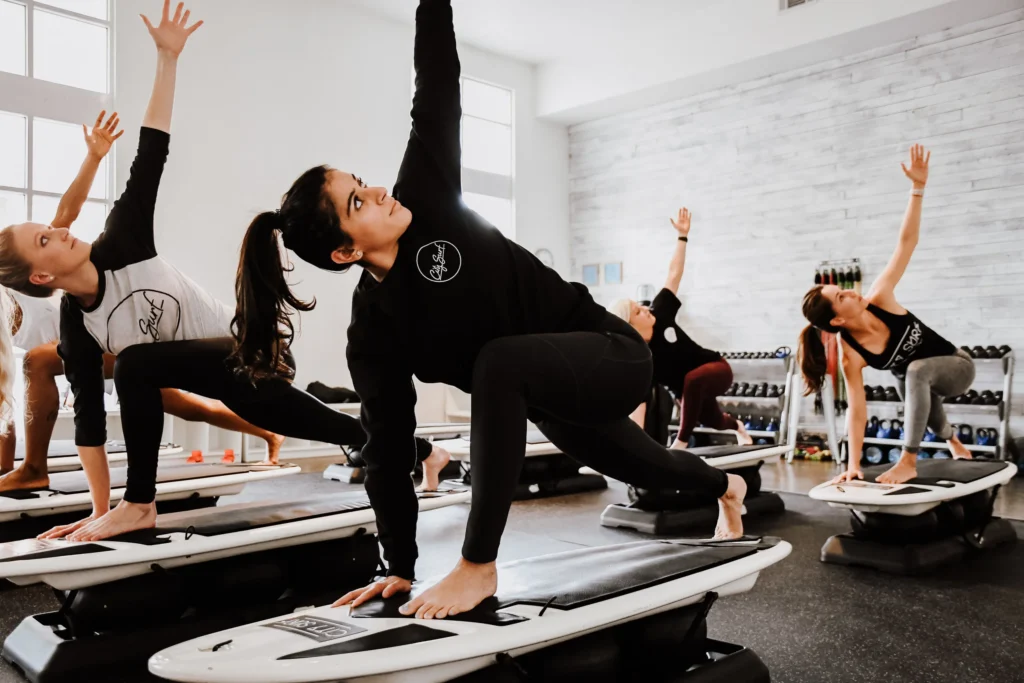
Your core is your powerhouse for every surfing movement—paddling, popping up, and riding waves.
- Plank variations: Standard, side planks, and plank reaches.
- Russian twists: Build rotational strength.
- Leg raises: Strengthen lower abdominals.
- Medicine ball slams: Add explosive power.
Flexibility and Mobility Work
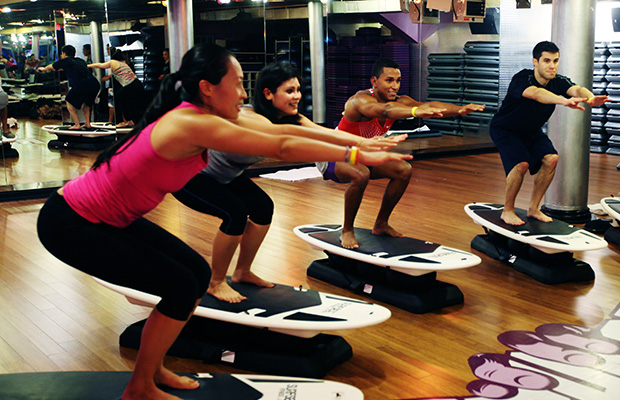
Flexibility helps you move fluidly and prevents injuries.
- Dynamic stretches before workouts: Hip openers, shoulder rolls, and torso twists.
- Yoga flows: Sun salutations and vinyasa flows keep joints mobile.
- Foam rolling: Release tension in shoulders, lats, and legs.
Conditioning and Endurance
Surf sessions can last hours, so your conditioning must be solid.
- HIIT circuits: Combine push-ups, burpees, and jump squats.
- Sprints: Mimic explosive paddling bursts.
- Cycling or running: Improve aerobic endurance for long surf days.
4-Week Surf Fitness Training Program
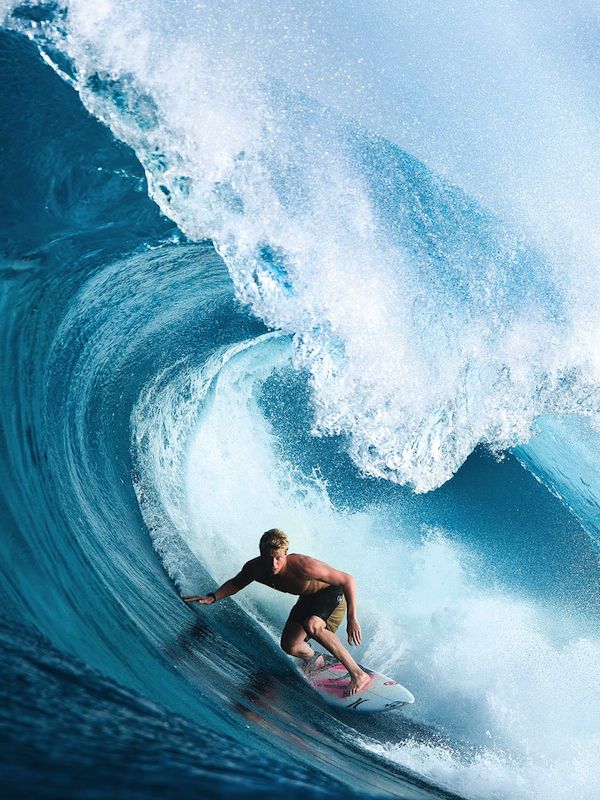

Week 1: Foundation & Conditioning
Goal: Build endurance and mobility.
- Swimming (freestyle intervals): 20–30 min
- Push-ups: 3×12
- Resistance band paddling pulls: 3×15 each arm
- Plank hold: 3×45 sec
- Dynamic stretches & yoga flow: 10 min
Week 2: Strength & Balance

Goal: Develop paddle power and stability.
- Rowing machine or sprints: 10×30 sec
- Single-leg deadlifts: 3×10 each side
- Bosu ball squats: 3×12
- Side plank with hip dips: 3×12 each side
- Balance board drills: 10 min footwork practice
Week 3: Core & Explosiveness
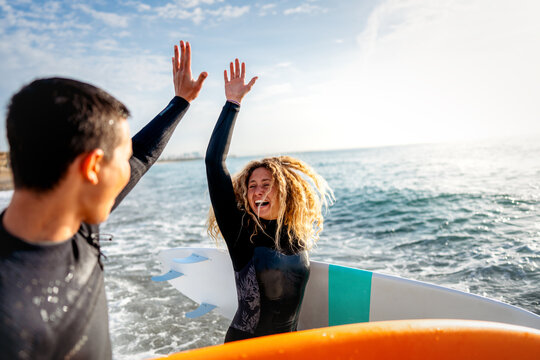
Goal: Improve pop-up speed and board control.
- Burpees: 3×15
- Medicine ball slams: 3×12
- Russian twists (with weight): 3×20
- Leg raises: 3×12
- Yoga (focus on hip mobility): 15 min
Week 4: Surf Simulation & Peak Prep
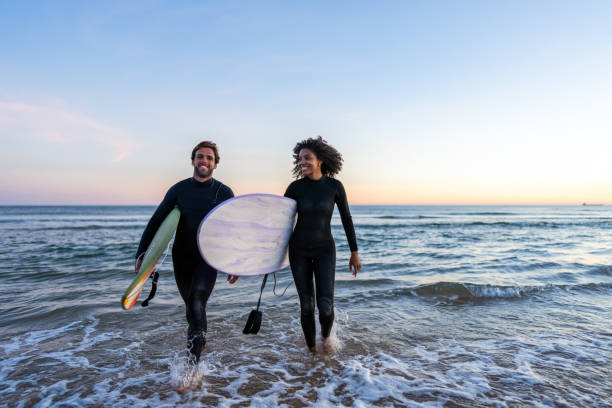
Goal: Simulate surfing conditions on land.
- HIIT circuit (push-ups, jump squats, mountain climbers, burpees): 4 rounds × 30 sec each
- Resistance band paddle pulls: 3×20
- Plank to push-up transitions: 3×12
- Skateboard/balance board surf drills: 15 min
- Foam rolling & deep stretches: 15 min
Tip: After finishing Week 4, repeat the cycle with increased intensity (more reps, longer holds, or added resistance) for continuous progress.
FAQ: Surfing Workouts
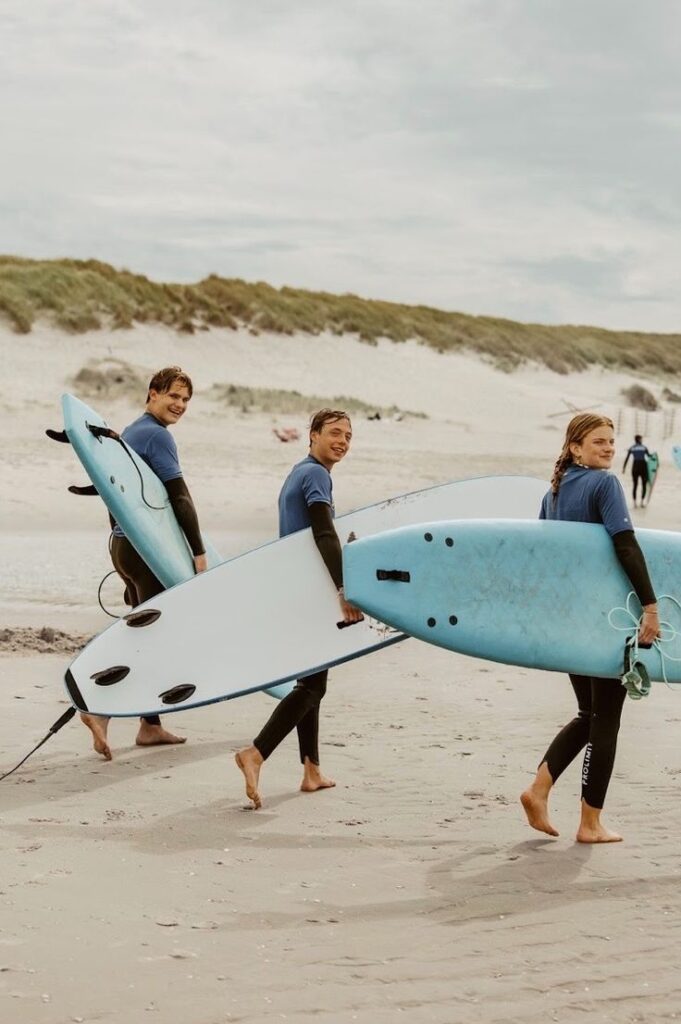

Q: How often should surfers train out of the water?
2–3 sessions per week are ideal for most recreational surfers.
Q: Do I need special equipment for surf workouts?
Not always. A resistance band, yoga mat, and balance board can go a long way.
Q: Is yoga good for surfers?
Yes, yoga is excellent for improving balance, flexibility, and mental focus.
Q: Can beginners benefit from surf-specific workouts?
Absolutely. Building strength and mobility on land makes learning in the water much easier.
Q: How long before a surf trip should I start training?
At least 6–8 weeks of consistent land training will make a noticeable difference.
Conclusion
Surfing workouts on land are just as essential as time in the water. By training your paddling strength, balance, core stability, and mobility, you’ll maximize your performance on the board and reduce fatigue when the waves get challenging. Even if you’re far from the ocean, these workouts can prepare you to surf stronger, ride longer, and recover faster.
